After work at Shaw and Tenney, I had my debut teaching job at Wooden Boat School. One of my favorite (and most labor intensive) specialties is oar making, so I was to teach the traditional way and the modern way, using composite blades. Each students chose an oar type of their choice to fit a boat they had or wanted to have. We had everything from 7' flat blade Spruce oars (for a Nutshell Pram) to laminated plywood spoon blade sculls to a Greenland style kayak paddle.

We were able to get out for two solid rows where CLint coached some fixed seat rowing and we all just enjoyed learning how to use oars and be comfortable in rowboats. We were able to use the school's fleet of rowboats, including this Joel White Shearwater.

Students quickly learned that oar making is mostly a wood removal activity, but they also learned some of my tricks, like adding decorative laminations on the outside of the upper looms. They also learned that there is a bit of engineering and art in making oars. Because we were able to get on the water, we also so the clear link between how we shape oars in the shop and how they react on the water.

Finishing oars after sanding is as much work as shaping them. One of my big pet-peeves is that oars are balanced and we spent a couple hours balancing everybody's oars with a little lead in the handle. It does not make the oar heavier, effectively, because the oar's weight is on the gunwale. Therefore, it is the balance that makes oars feel lightweight. Leathering the oars is a project as well as sealing and varnishing. Everybody left with the oars largely done. One student had a good challenge. He brought in a pair of hollow sculling oars and wanted to make a replacement (or back up) pair in a week. So, we made the loom solid, sized down, and laminated a pair or plywood blades much like I do in my shop for customer's oars, over a laminating jig. The blades are glued on the shaped loom and the finished result looks like this, and I might add he is very happy with them. In fact they are no heavier than the original, hollow sculls!



We were able to get out for two solid rows where CLint coached some fixed seat rowing and we all just enjoyed learning how to use oars and be comfortable in rowboats. We were able to use the school's fleet of rowboats, including this Joel White Shearwater.

Students quickly learned that oar making is mostly a wood removal activity, but they also learned some of my tricks, like adding decorative laminations on the outside of the upper looms. They also learned that there is a bit of engineering and art in making oars. Because we were able to get on the water, we also so the clear link between how we shape oars in the shop and how they react on the water.

Finishing oars after sanding is as much work as shaping them. One of my big pet-peeves is that oars are balanced and we spent a couple hours balancing everybody's oars with a little lead in the handle. It does not make the oar heavier, effectively, because the oar's weight is on the gunwale. Therefore, it is the balance that makes oars feel lightweight. Leathering the oars is a project as well as sealing and varnishing. Everybody left with the oars largely done. One student had a good challenge. He brought in a pair of hollow sculling oars and wanted to make a replacement (or back up) pair in a week. So, we made the loom solid, sized down, and laminated a pair or plywood blades much like I do in my shop for customer's oars, over a laminating jig. The blades are glued on the shaped loom and the finished result looks like this, and I might add he is very happy with them. In fact they are no heavier than the original, hollow sculls!















